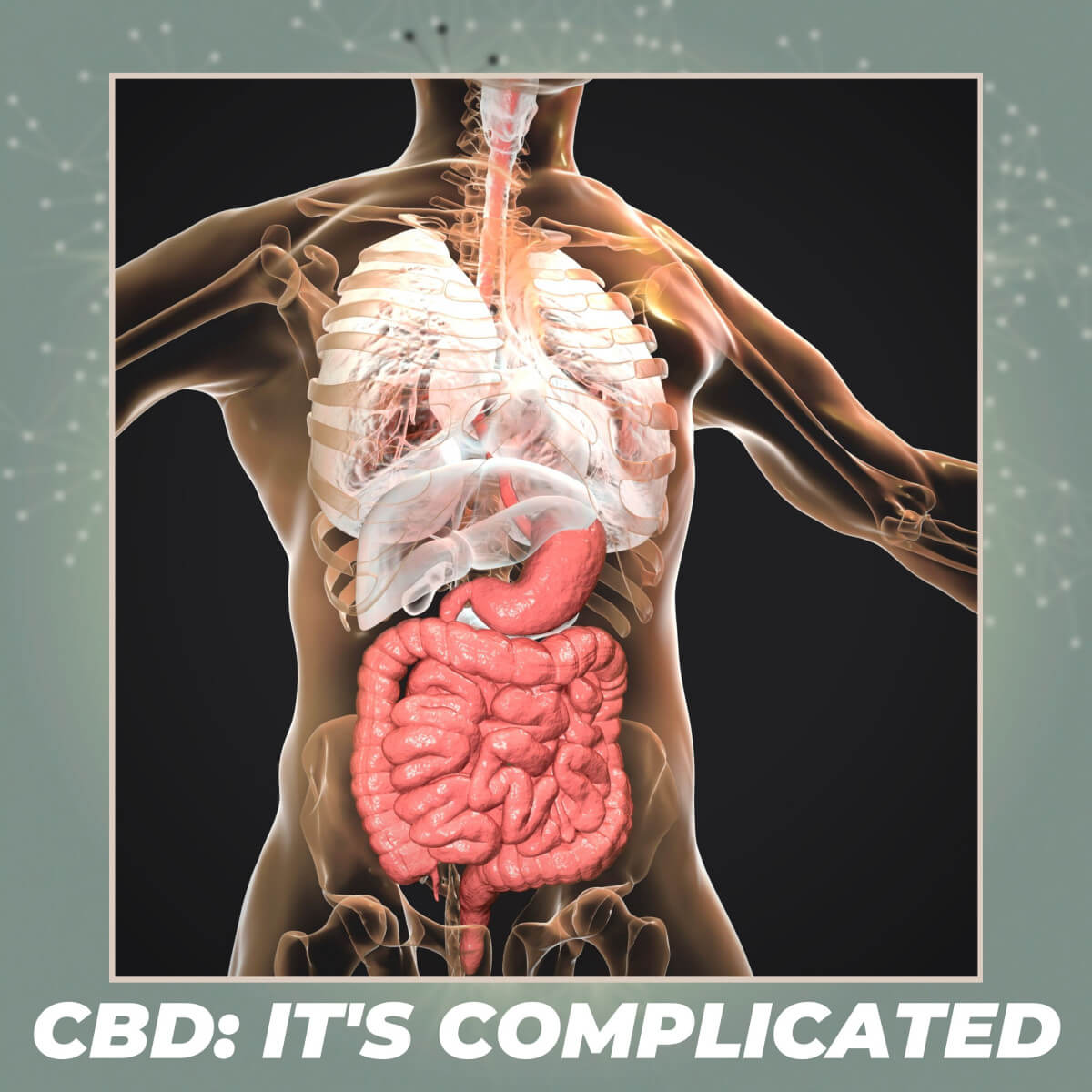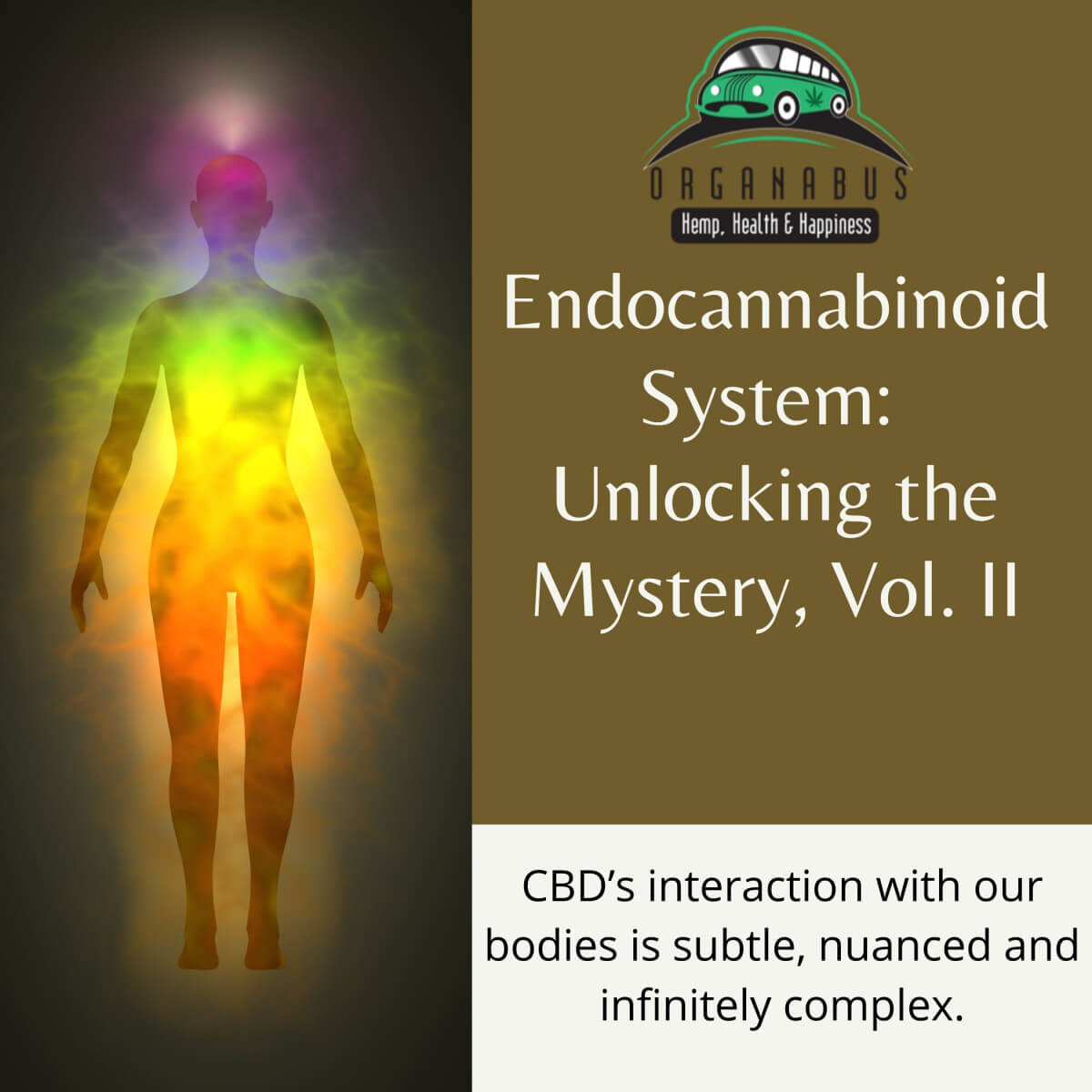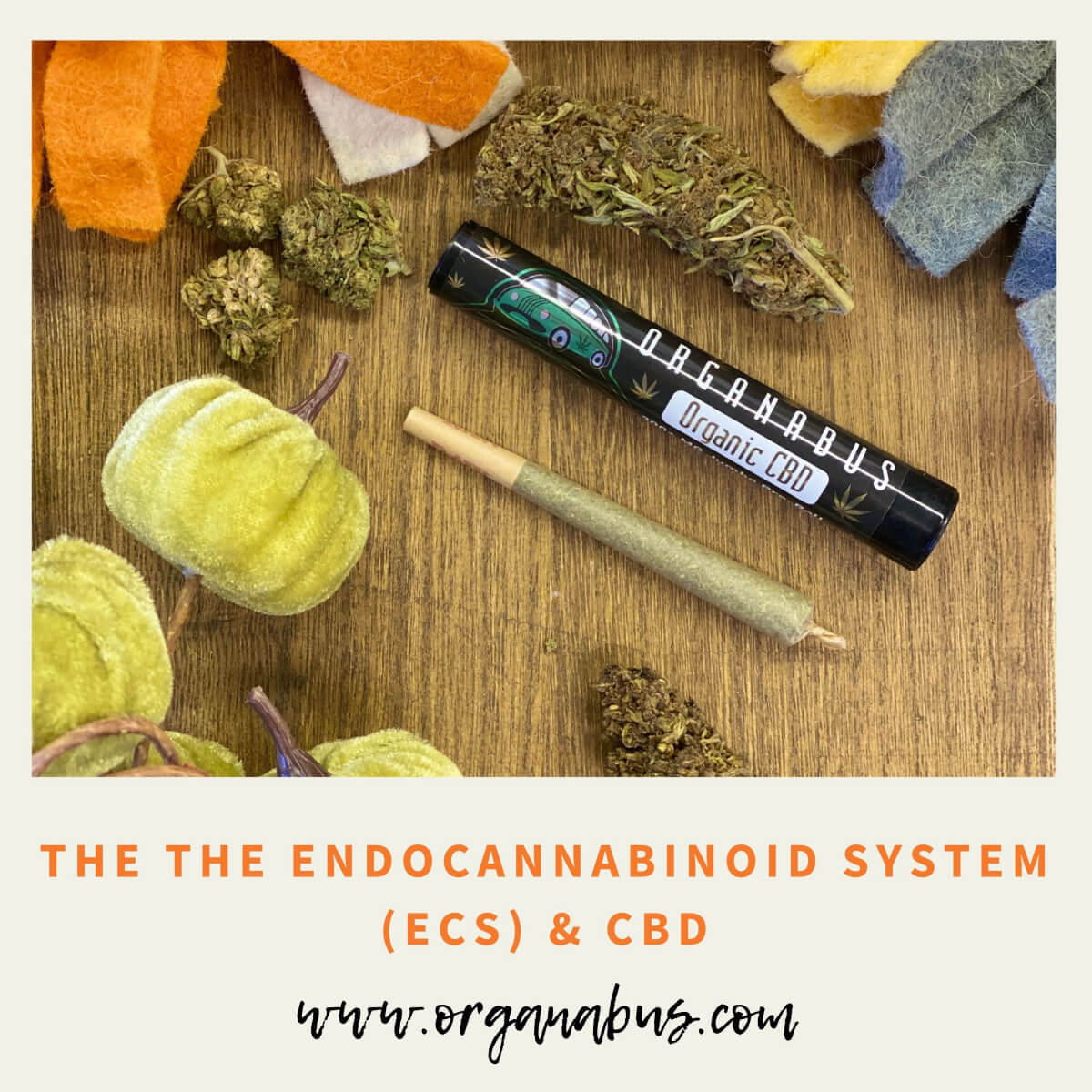The Endocannabinoid System: Unlocking the Mystery, Vol. 4
CBD: Savior of the Bliss Molecule
Pssst. Hey! Remember that time we talked all about the endocannabinoid system (ECS), the endocannabinoids, and the compounds of the cannabis plant that mimic them? Yeah, that was awesome. We should do more of that.
Welcome back, fellow cannabis experts. Not an expert? Don’t worry. If you’ve made it this far in our series, you can fake it well enough. Haven’t read the previous installments? Dude. Get the pre-recks out of the way already. No one likes a line jumper.
Let’s do this.
CBD is an Elaborate Planner
Last installment, we talked about a few of the ways CBD interacts with the ECS receptors—how it works on the back end of the CB1 receptor to regulate other cannabinoids (e.g., mitigates THC) as well as interacts directly with the CB2 receptor to soften the immune response. Meanwhile, we also learned that it’s too weak at either point to be significant. Thus, we were left with the mystery of how it can be so effective.
Not to compose the most anticlimactic mystery of all time, but it’s simply a matter of nuance and intricacy. Remember, THC is an illicit copy of a key, while CBD is the guy picking the lock. Or hell, let’s get creative; hotwiring a car. You’re welcome, Vin Diesel fans.
Fear Not, Anandamide; CBD’s Got Your Back
Beyond its mere interaction with the ECS receptors themselves, CBD also plays a role that directly affects the compounds with which they connect—especially anandamide, which if you’ll remember, is known as the “bliss molecule” because of how it makes you feel.
This is where it’s going to get dense. Stay with us and remember that you’re still just shooting the breeze about hemp, man. CBD first interacts with anandamide by slowing down the process of FAAH, the compound in our system that metabolizes anandamide. This allows your bliss molecule to exist and stay active in your system for longer.
CBD, Master of Disguises and Distractions
Second, while it’s slowing down the FAAH process, it simultaneously acts as a decoy for anandamide, distracting the FAAH compounds from their prey and once again, allowing pleasure inducing anandamide to remain in your system for longer than it would on its own.
It’s kind of amazing, if you think about it—the subtlety and complexity of this plant that has evolved over the millennia to interact so intricately with our own bodies. But it doesn’t stop there. CBD’s effects are now believed to go beyond just the ECS. Rumor is, CBD gets around. They say it’s a promiscuous compound.
More on that next week.




